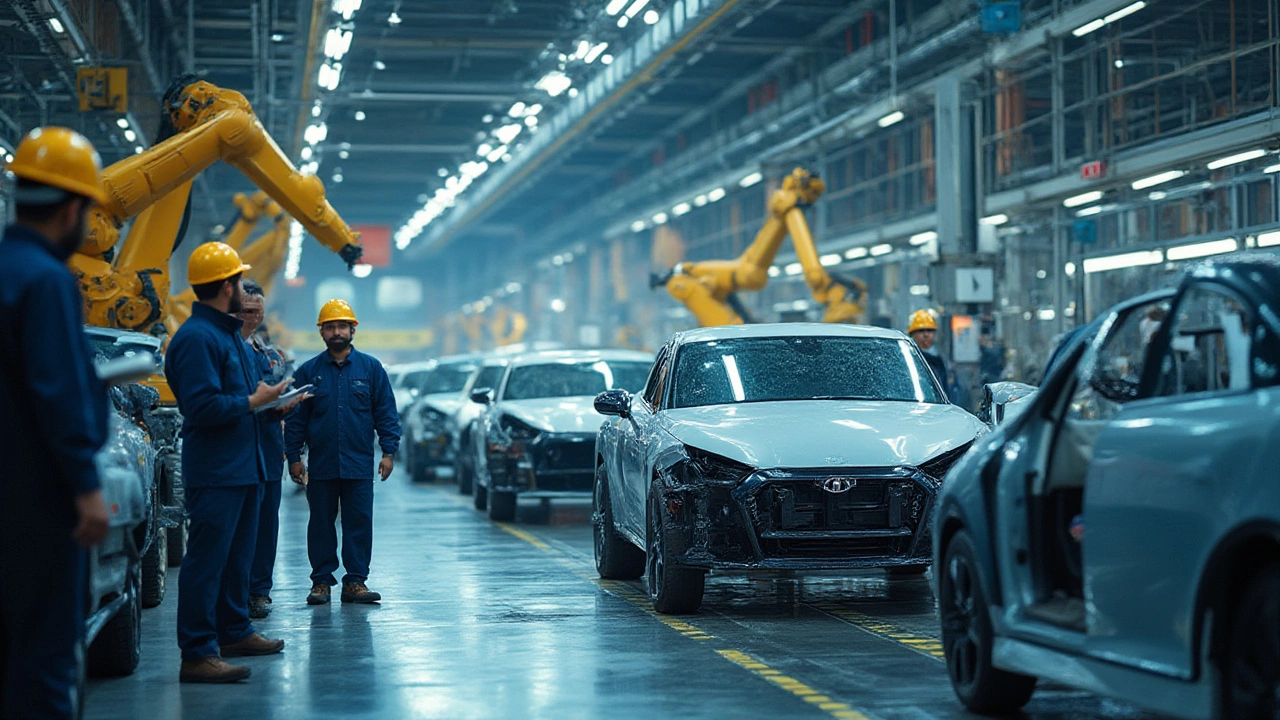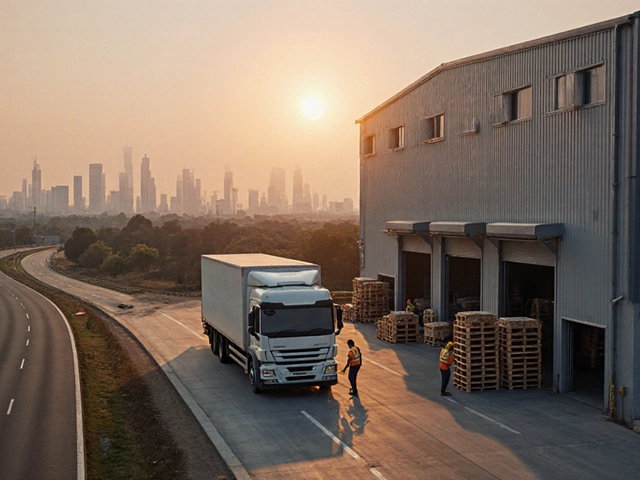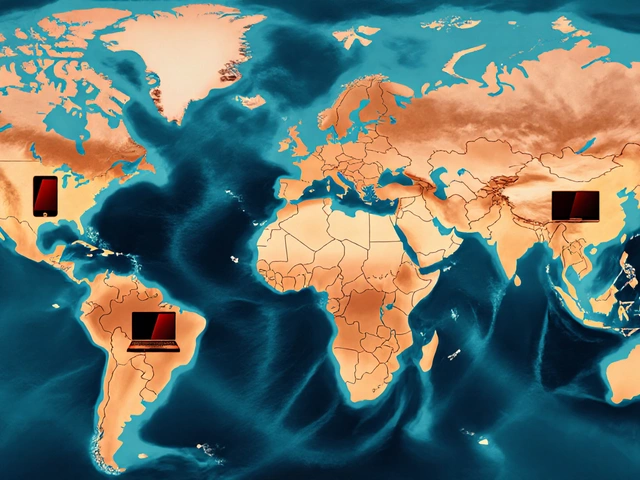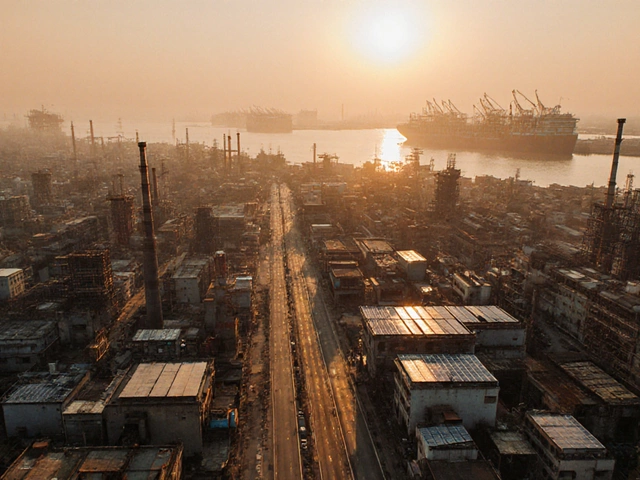You wouldn’t expect a Toyota to roll out of a factory in Karachi, would you? Most people are surprised to learn that Pakistan actually has a homegrown car manufacturing industry. It’s bigger than folks realize. While most conversations about cars in Asia center on Japan, China, or India, Pakistan has been quietly building cars for decades—and the last ten years have seen more action than ever. If you’re picturing assembly lines, engineers, robots welding chassis, and the familiar sound of steel being stamped into automotive panels—all that’s real and very much alive under the Pakistani flag.
Pakistan’s Car Industry: An Unexpected Story
Ask anyone walking down a street in Lahore what they think about "Pakistan making cars," and you’ll probably get raised eyebrows. That’s because the image of local cars is mostly associated with international brands like Suzuki, Toyota, or Honda. Here’s the twist: these aren’t just imported models—they’re manufactured right in Pakistan. In fact, car manufacturing started in the country all the way back in the 1950s, with the introduction of Bedford trucks, but it was the 1980s and 90s that saw a huge bump when Suzuki, Honda, and Toyota set up their local assembly plants. They were responding to government incentives, cheaper labor, and growing demand.
Fast forward to the 2020s, and the landscape has gotten a dramatic makeover. Stats show that as of 2024, over 200,000 to 250,000 vehicles are assembled in Pakistan each year. You’ll find everything from hatchbacks to SUVs at showrooms sporting "Made in Pakistan" on the badge. The country’s largest plant is operated by Indus Motors (Toyota partner), churning out over 50,000 cars annually. Pak Suzuki and Honda Atlas follow close behind. Together, these big three account for about 90% of local car production. What’s different now is the arrival of newer players like Kia, Hyundai, Changan, and even Chinese electric brands eager to tap into a young, car-hungry population.
If you’re curious about where these cars physically come alive, check out the Karachi-Hyderabad belt—it’s the Detroit of Pakistan. Around 70% of auto industry activity is packed into this industrial stretch. Inside these factories, you’ll find a unique mix of imported and local parts: engines and transmissions might be shipped in from Japan or China, but the seats, panels, tires, and batteries are all made in domestic sub-factories. In fact, Pakistan’s auto parts industry is remarkably developed, with over 1,200 registered suppliers supporting vehicle assembly.
Of course, the journey hasn’t all been smooth. Pakistan’s carmakers have had their share of speedbumps: erratic policies, sudden duty hikes, and issues like power shortages or high financing costs. Despite this, the industry has managed to survive—and now it’s learning to adapt fast. The past few years have seen more locally produced content in each car, moving gradually from “completely knocked down” kits (CKD) to proper, locally integrated assembly of up to 60% of a car’s parts. That’s a big leap for any developing country, and it spells good news for jobs and tech skills at home.
Who's Actually Building the Cars? Inside the Major Players
Picture the cars you usually see on Pakistani roads: Suzuki Mehran, Toyota Corolla, Honda City. These models have been bestsellers for years, and it's because they come straight from local assembly lines. The companies building these cars aren’t just selling international badges. Companies like Pak Suzuki Motors and Indus Motor Company (Toyota) have made deep investments in local infrastructure. Each of their assembly plants directly employs thousands and indirectly supports tens of thousands more through their supplier chains.
The star of the show used to be Suzuki, and for decades the Suzuki Mehran was the definition of the Pakistani family car. When Suzuki stopped producing the Mehran in 2019, it felt like the end of an era. But it also paved the way for new models with updated tech and features—think Suzuki Alto, Toyota Yaris, and Honda Civic. Hyundai re-entered the scene recently, churning out locally assembled Tucson SUVs and Elantra sedans from its Faisalabad plant. Kia’s comeback brought the Sportage and Picanto, now easily spotted across cities. Changan’s Karvaan minivan even outsold some Toyota models in 2023—a sign of how preferences are changing, with Pakistanis wanting more space and efficiency.
Let’s talk about electric. While you won’t spot Tesla showrooms here just yet, electric cars have started popping up thanks to new government incentives introduced in the National Electric Vehicle Policy of 2021. Chinese brands like MG and DFSK Glory were among the first to market, offering EVs and hybrids assembled under joint ventures with Pakistan’s own big auto groups. The goal? By 2030, the government wants 30% of all new vehicles sold locally to be electric. Ambitious? Maybe. But already, companies like Sazgar Engineering (locally famous for making rickshaws) are producing both small gasoline and electric vehicles in their Lahore-based facility.
Poking around these factories, you’ll see just how much technology is being transferred from global giants to local engineers. Pakistani assembly lines follow global standards, complete with robotic arms, computer-controlled paint shops, and strict quality checks. Workers get regular training from Japanese, Korean, or Chinese partners, which raises the game for everyone. And most surprisingly: locally-made cars can match imports in terms of reliability and features, especially after the pandemic-era disruption of international shipping made homegrown production even more critical.
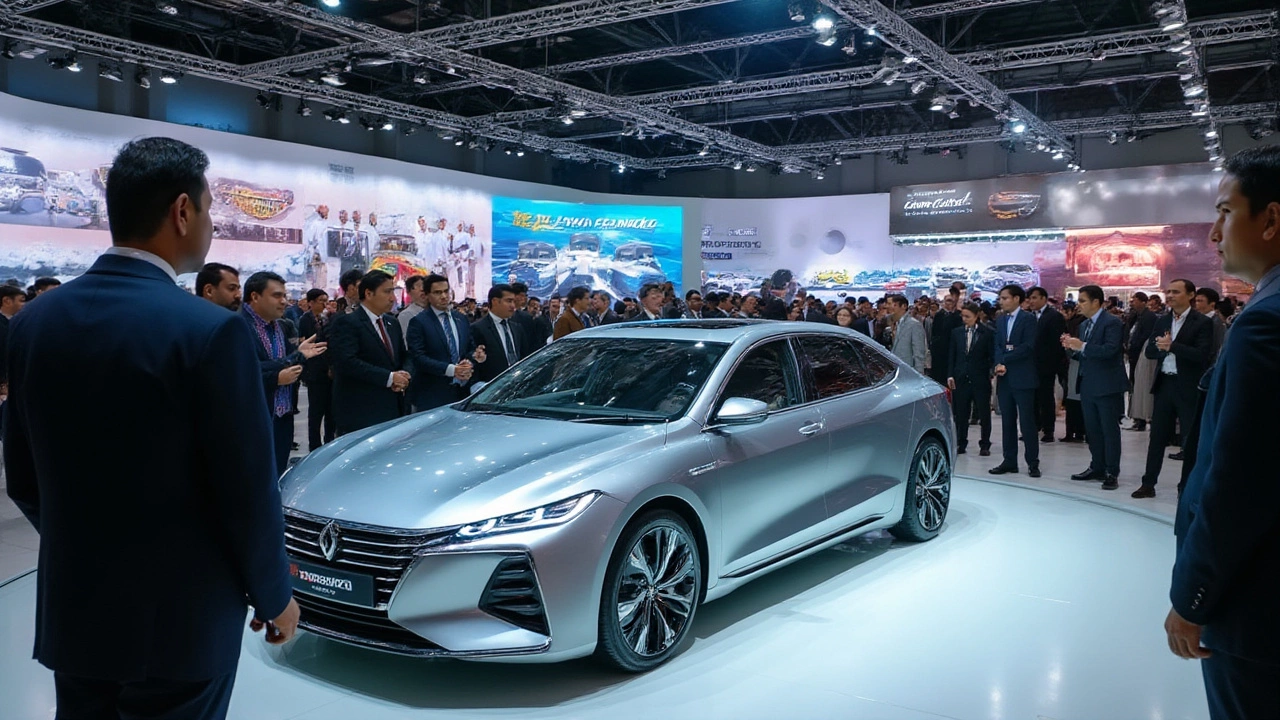
Local Innovation: The Rise of Pakistani Car Brands
While joint ventures with Japanese or Korean automakers grab the headlines, local talent is making its mark, too. Take Adam Motors: Founded in Karachi, these guys produced the Revo, a 1,000cc compact car, back in 2005—completely designed in Pakistan, rare thing for any country with a fledgling auto scene. It wasn’t a commercial hit (the market just wasn’t ready), but it set the stage for new efforts. Fast-forward, and now you see companies like Jolta Electric rolling out entirely Pakistan-made electric motorcycles, which are just as important as cars in a two-wheeler-dominated road scene.
Don’t discount the spirit of innovation: Students from the National University of Sciences and Technology (NUST) have built solar-powered cars and even sent entries to international Eco-marathon races. While these models aren’t on sale (yet), they show that the technical know-how exists and is growing. You’ll also hear about Lucky Motors (the Kia partner), Master Motors (collaborators with Changan and now Daimler AG for commercial trucks), and United Motors (who launched the United Bravo, a rare locally-focused hatchback). These examples aren’t just about badge engineering—they prove local entrepreneurs are hungry to bring out something of their own.
Beneath the headlights, there’s another layer: the rapid growth of Pakistan’s auto parts manufacturing. Sourcing locally used to mean lower-quality spares, but that’s changed. Companies like Millat Tractor supply engines and gearboxes to local assemblers, and now even export to Africa and the Middle East. Places like Sundar Industrial Estate outside Lahore or Bin Qasim Industrial Park in Karachi are filled with SMEs churning out shocks, seats, and dashboards that you’ll find inside big-name cars. Auto parts exports nearly doubled from USD 62 million in 2019 to over USD 110 million by 2023, according to State Bank of Pakistan data—so this isn’t a cottage industry anymore.
If you’re itching to see how local industry boosts car quality, just check out the crash tests and safety rankings of Pakistani-assembled cars. Hyundai Tucson and Suzuki Swift have scored nearly identical results to their imported twins. Even global companies like Toyota have started exporting Pakistani-assembled auto parts to their factories in other countries. This reverse flow was unheard of a decade ago.
By the Numbers: Dig Into the Data
Let’s get real with the numbers and break down what Pakistan’s car industry looks like on the ground. When it comes to output, here’s a snapshot pulled together for the last few years:
| Year | Cars Produced | Local Assembly Plants | Domestic Parts Content (%) |
|---|---|---|---|
| 2020 | 190,000 | 11 | 47% |
| 2022 | 221,000 | 14 | 53% |
| 2023 | 241,000 | 15 | 58% |
| 2024 | 237,000 | 16 | 60% |
See how domestic parts content keeps ticking up? That’s not just a stat—it means more jobs, more tech, and a real shot at independence from international supply swings. If you compare this to India, where over 70% of parts are local, Pakistan is catching up—fast. Plus, new brands entering the market in recent years has pushed the big three to upgrade their cars: better brakes, airbags, infotainment systems, and stricter fuel efficiency targets, all tailored for local roads and climate.
Now, price is where the industry still gets heat from buyers. High taxes and “on money” premiums mean some models cost up to 30% more than their international equivalents. Here’s a quick tip for first-time buyers—pre-book direct from the manufacturer to avoid dealer markups, especially during new model launches. Or, if you’re feeling adventurous, check out the used car auctions near Port Qasim—some of the best local deals are snapped up there.
Pakistan’s car industry isn’t just about urban elites. About 40% of vehicles sold go to smaller towns or rural buyers, so automakers have to make sure their models can handle rough roads, crazy weather, and everything in between. That’s why you see rugged suspension, extra-high ground clearance, and made-for-Asia air conditioning as standard kit in most locally produced cars. These tweaks don’t grab headlines, but they matter out on the open road.

The Road Ahead: Challenges, Opportunities, and What Makes Pakistan's Market Unique
What’s fascinating about Pakistan’s car industry isn’t just that it’s survived, but how it’s changed. A few things drive this: raw demand (with over 220 million people, demand for personal vehicles won’t shrink), government policy (which swings between protection and open competition), and the rising tide of local innovation. Still, the road is bumpy.
First, the government has set high hopes for electric and hybrid vehicles, but major challenges remain. The country’s charging infrastructure is in its early days, and energy shortages don’t make owning an EV easy. Yet automakers aren’t waiting for perfect conditions—Hyundai, MG, and Sazgar have rolled out hybrid and electric models ahead of schedule, targeting fleet and city driving. Expect this space to explode as more Chinese and Korean brands join in, especially if the government follows through on tax breaks and local battery production.
Second, global supply chain hassles hit Pakistan hard. When chip shortages and freight slowdowns hit during the COVID-19 pandemic, wait times for new cars went from weeks to months. That’s why you’ll see more chatter about "Make in Pakistan" online—building resilience at home has become a hot topic, both for jobs and price stability. If you’re an entrepreneur or supplier in Pakistan, there’s never been a better time to pitch innovative parts or services to the country’s auto giants.
Finally, safety and emissions standards have climbed. This isn’t just about passing international tests—it’s about making cars fit for a long-haul Pakistani life. Sure, you still see some old clunkers on the roads, but newer models have to meet stricter crash and pollution norms, enforced by the Engineering Development Board (EDB) and the Pakistan Standards and Quality Control Authority (PSQCA). As strict as Europe? Not yet, but moving in the right direction.
Want to keep up to date? Look for "PAAPAM" (Pakistan Association of Automotive Parts and Accessories Manufacturers) for the latest events, and stay tuned for new policy updates every summer—these often change the whole market overnight.
Pakistan’s car industry is no longer an afterthought. It’s real, it’s growing, and it’s finding its own identity. If you’re curious enough to visit a local showroom or peek inside an assembly plant, you’ll see—cars really are made in Pakistan, in ways that’ll surprise even the skeptics. The next time someone wonders if Pakistan makes its own cars, you can set the record straight: yes, and they’re only getting better.
